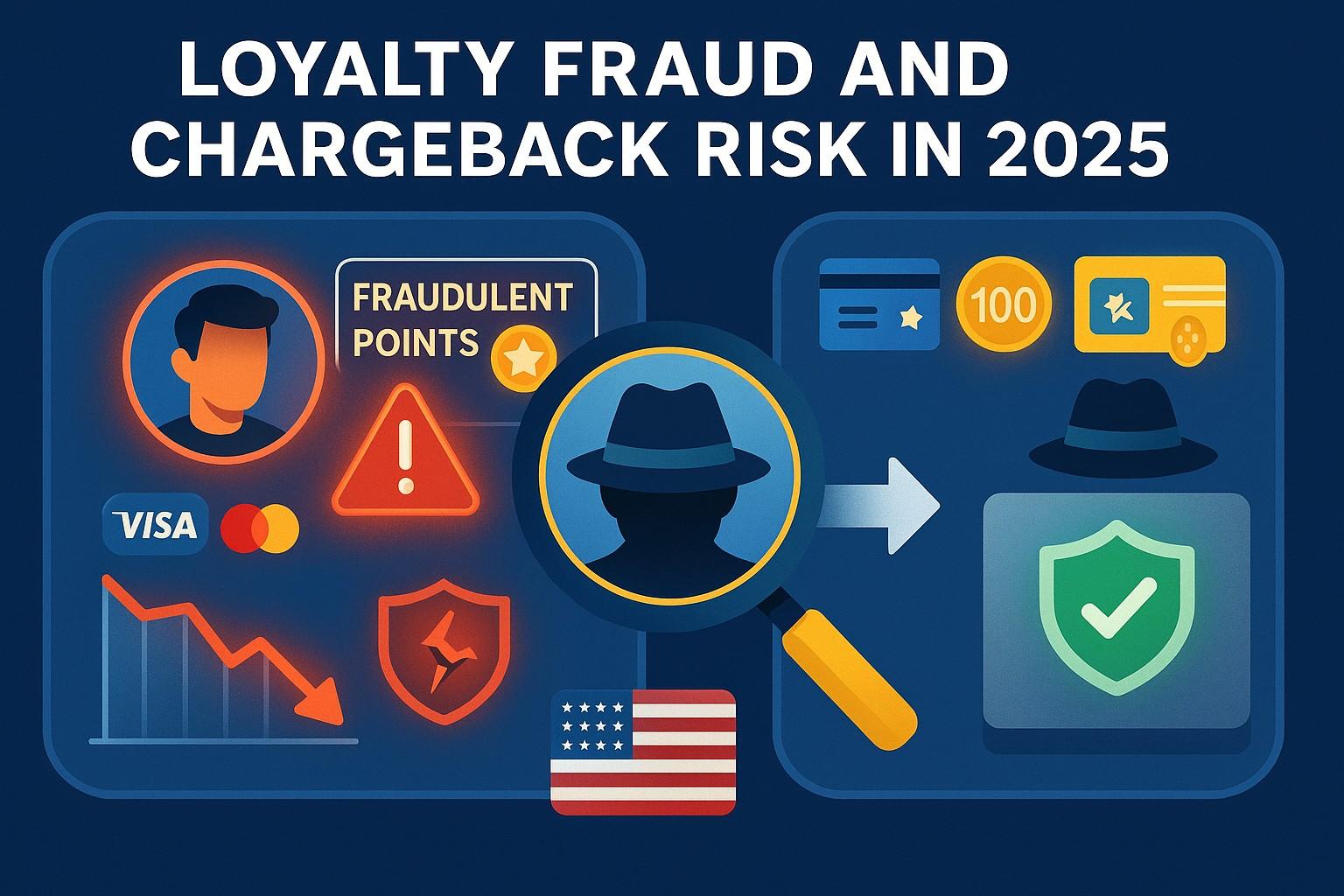Chargeback Management Services - Dispute Response Jul/ 27/ 2025 | 0
Loyalty fraud is a growing concern for businesses in 2025, and it can lead to significant financial losses. It occurs when fraudsters exploit loyalty programs to gain rewards or benefits fraudulently. For merchants, this can result in chargebacks, fees, and damage to customer relationships. Understanding how loyalty fraud works and the steps businesses can take to protect themselves is crucial.
What Is Loyalty Fraud?
Loyalty fraud involves the manipulation or abuse of customer loyalty programs by fraudsters. These fraudsters may use stolen or fake identities to collect rewards or points without making legitimate purchases. They may also exploit gaps in program security, allowing them to accumulate benefits illegally.
Types of Loyalty Fraud
- Account Takeover: Fraudsters steal an existing customer’s account and use it to redeem rewards.
- Synthetic Identities: Fraudsters create fake identities to register for loyalty programs and accumulate points.
- Reward Abuse: Fraudsters exploit loopholes in loyalty program rules to redeem rewards fraudulently.
The Impact of Loyalty Fraud on Chargebacks
Loyalty fraud is closely linked to chargebacks because fraudsters often dispute legitimate transactions after gaining rewards. When customers claim they didn’t authorize the charge or didn’t receive the expected rewards, businesses face chargebacks. In 2025, this type of fraud is expected to rise, as more companies adopt digital and automated loyalty systems that are vulnerable to exploitation.
Key Impacts:
- Revenue Losses: Fraudulent redemptions lead to lost revenue, as businesses must cover the cost of rewards without receiving proper payments.
- Higher Chargeback Ratios: As fraudsters file chargebacks after redeeming rewards, businesses face increased chargeback ratios, risking their payment processing relationships.
- Damage to Brand Reputation: Ongoing fraud issues can harm a business’s reputation, making customers hesitant to engage with loyalty programs.
How to Prevent Loyalty Fraud and Chargebacks
To combat loyalty fraud, businesses need to implement strategies that strengthen the security of their loyalty programs and chargeback management systems. Here are a few practical steps:
1. Implement Multi-Layer Authentication
Use multi-factor authentication (MFA) to ensure that only legitimate users can access accounts and redeem rewards. This reduces the risk of account takeovers.
2. Monitor Unusual Redemption Patterns
Regularly review redemption patterns to identify suspicious activity, such as large rewards claims within short periods.
3. Adopt Real-Time Fraud Detection Systems
Leverage AI-powered fraud detection systems to flag potentially fraudulent activity in real time. These systems can analyze patterns of behavior and detect irregularities before they result in chargebacks.
4. Enforce Strong Terms and Conditions
Clearly define your loyalty program’s terms and conditions, including limitations on redemptions, and enforce these rules rigorously to prevent abuse.
5. Collaborate with Payment Processors
Work closely with payment processors to monitor chargebacks related to loyalty fraud. Establishing an early warning system can help you respond quickly to disputes.

Email us anytime!
Email customer service 24/7

Call us anytime!
Reach customer care 24/7 at +1 (888) 927-5152
Conclusion
Loyalty fraud is a serious issue for U.S. businesses in 2025, particularly for those with digital loyalty programs. By understanding the risks and taking proactive steps to prevent fraud, businesses can reduce the impact of chargebacks and safeguard their revenue and reputation. Stay vigilant, monitor transactions closely, and use advanced fraud prevention tools to combat loyalty fraud effectively.


